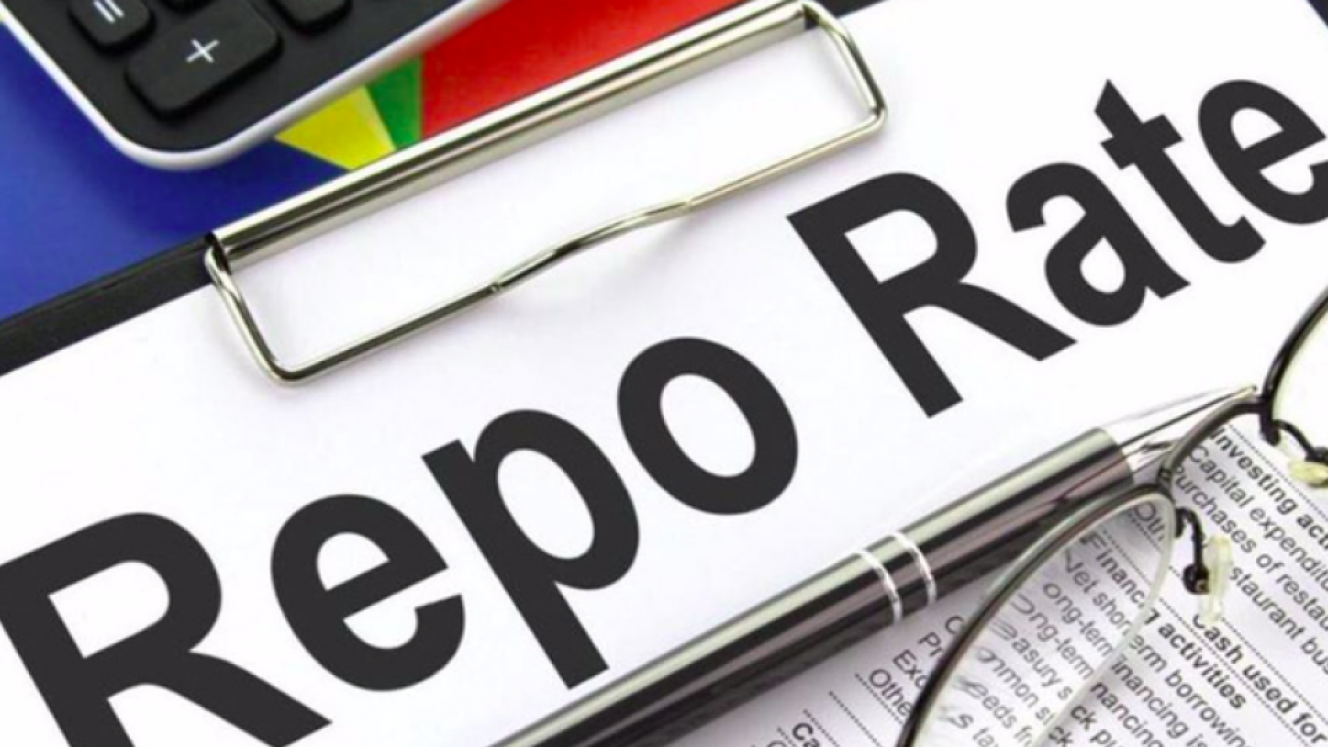Following last week’s Medium-Term Budget policy statement, the financial focus this week shifts from fiscal to monetary policy when the South African Reserve Bank holds its last Monetary Policy Committee (MPC) meeting of the year.
Thursday’s repo rate announcement will be a day after the latest Consumer Price Index (CPI) figures are released.
In its latest weekly assessment, the Bureau for Economic Research (BER) sums up the outlook as follows: “In a fairly low survey month, and with a mild fuel price hike (diesel up by about 20c, petrol flat) in early October, the market consensus is for a modest 0.2% month-on-month rise in headline CPI. The implication is that the y-o-y rate is projected to remain at September’s 5%.
“This number will have no bearing on the MPC’s decision – it is of course all about the bank’s inflation and real GDP growth outlook, as well as the risks attached to the central bank’s forecast.”
The Bureau added that a survey conducted last week by Bloomberg showed that the 15 analysts approached for their views were almost evenly split between whether a repo rate increase could be expected or not.
Eight forecasters said they expected the repo rate to be kept unchanged.
As for the BER and seven of the survey participants, a hike of 25 basis points was pencilled in.
“If nothing else, the lack of an overwhelming consensus emphasises that the decision should be close. Indeed, we think the MPC could be split 3-2 in favour of an increase but acknowledge that it could also go in the opposite direction.”
The Bureau added that “some of the factors that the MPC will take into consideration are that the Brent crude oil price (currently $81.5/bbl versus around $75/bbl at the time of the September MPC meeting) and the rand exchange rate (R15.30/$ versus R14.60/$) have moved against the inflation outlook.
“As mentioned earlier, global inflation also continues to surprise on the upside. At the same time, the three-week strike in the SA steel sector during October and the return of load-shedding have clouded the short-term SA GDP outlook.
“However, as a policymaker, if you are thinking about starting with interest rate normalisation, it is probably not a bad time to do it when the Covid-19 infection numbers are low (as they currently are in SA) and consumers are not already hunkering down.”













